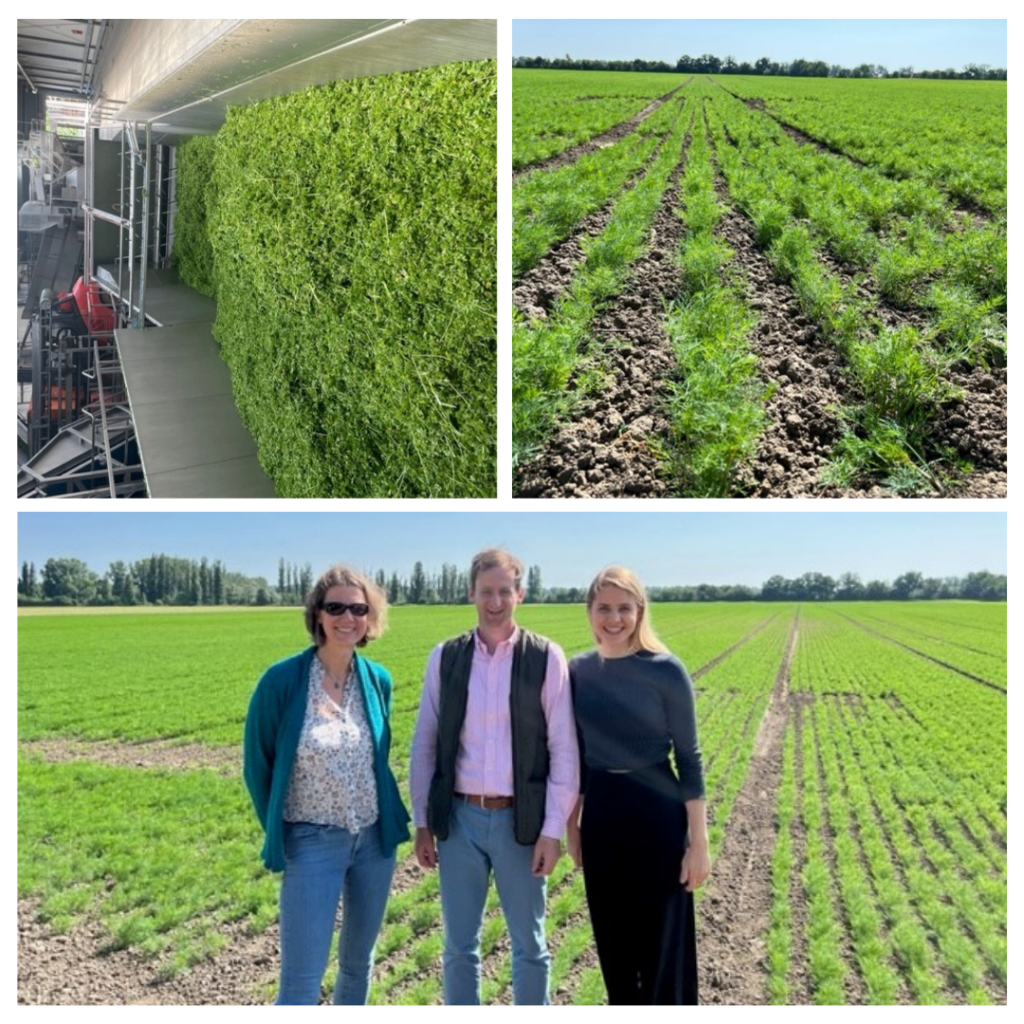BioVal develops solutions to reduce negative impacts on biodiversity from food along the life cycle. Together with companies, the project investigates how they can contribute to the promotion of biodiversity along product life cycles, integrate this into their management and communicate it. Therefore, measures will be developed and tested.
The main results of BioVal are recommendations for increasing biodiversity along food product life cycles as well as solutions for companies for integrating biodiversity into management systems and tools and into business-to-business as well as business-to-consumer communication that have been tested in living labs.
In addition, the further development of the impact assessment method for terrestrial biodiversity in life cycle assessment (LCA) and the new development of a method for impact assessment of marine biodiversity will provide input to the international discussion on methods.




